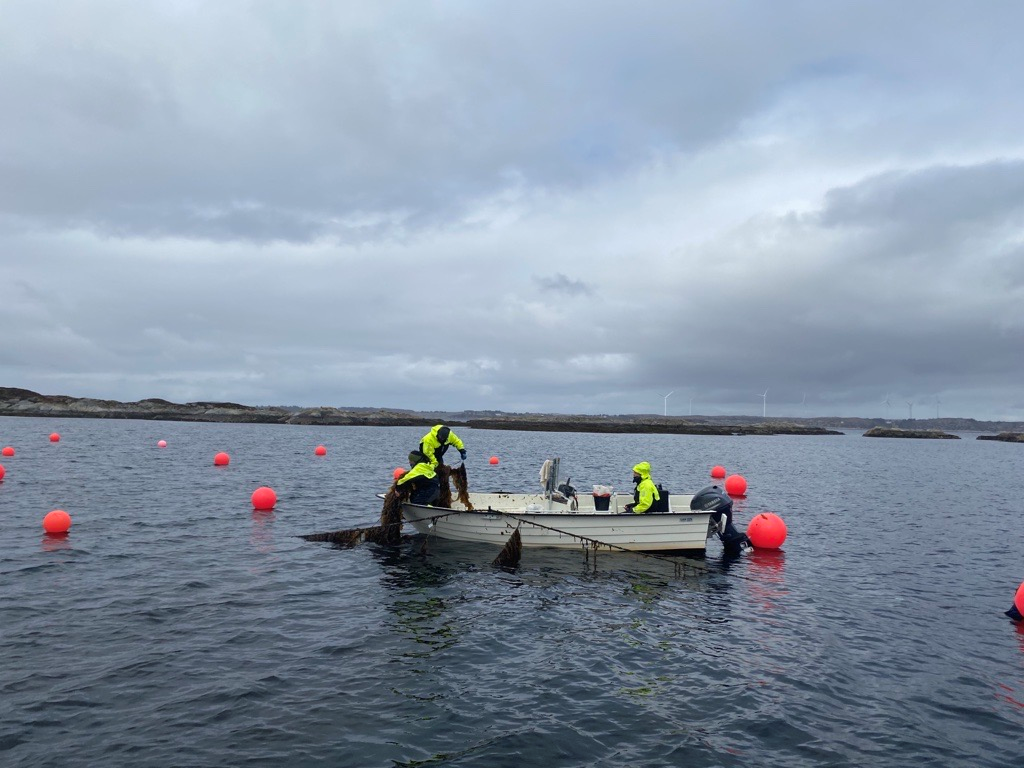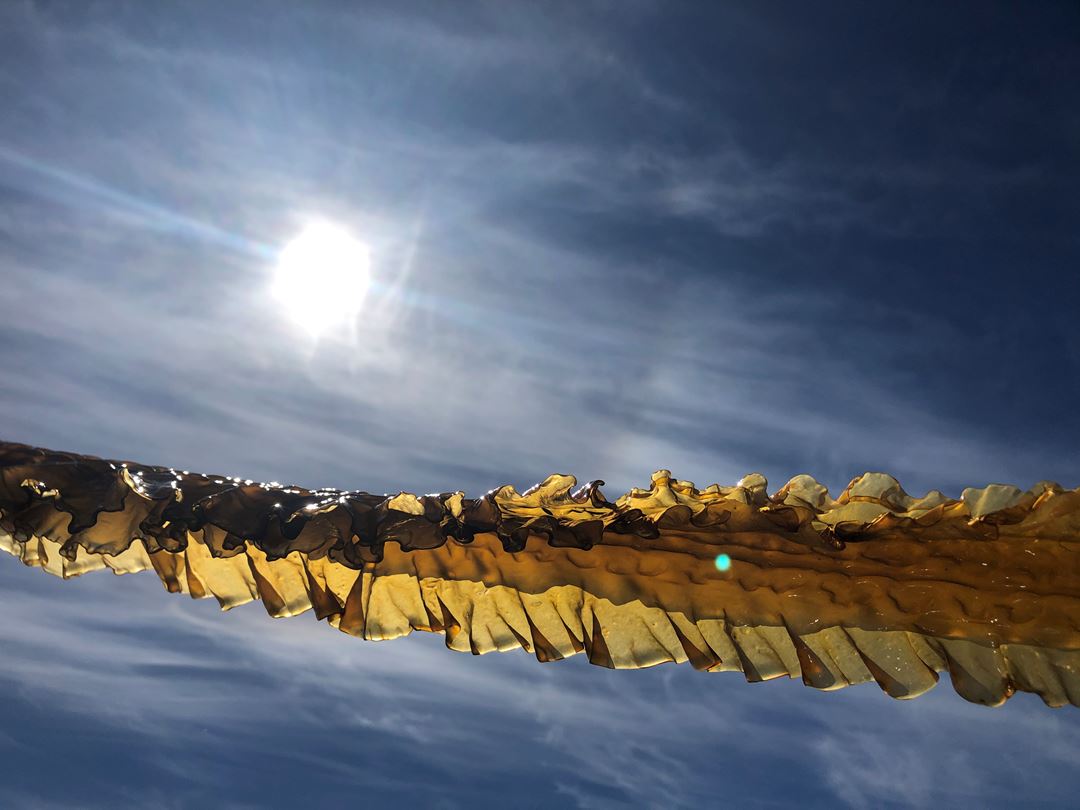Carbon Dioxide Removal (CDR) is urgently needed to fulfil the Paris agreement. Positive climate effects from the emerging seaweed industry can be expected, but the industry need time and resources to develop before they will contribute significantly to reduction in carbon emissions, and possibly to some degree of carbon sequestration and storage. We believe that we can obtain faster and much larger carbon removal through "active" seaweed CDR.
The JIP Seaweed Carbon Solutions is a project that will design, build, operate and assess offshore large-scale seaweed production for carbon capture and storage, as a climate positive solution. The project aims to develop a framework and model for sustainable and efficient extraction of carbon from the biosphere and explore alternatives for permanent storage on land or at sea.

The work will be based on the collective experience of the seaweed industry, offshore industry, and the CCS-industry, especially the Safe Seaweed Coalition, Macrosea and Genialg.
Seaweed Carbon Solutions is a "joint industry project" (JIP) funded by partners SINTEF, DNV, Equino, Aker BP and Wintershall. The project will, among others, utilize and deploy the research infrastructure RI Seaweed funded by the Research Council of Norway, which is developed especially for RD&I purposes related to large-scale kelp cultivation and processing.
Main goal: The purpose of the JIP Seaweed Carbon Solutions is to develop technology and possible business models within nature-based solutions for CDR that can be scalable and implemented over a longer timeframe. This will be done by development of solutions for atmospheric greenhouse gas reduction through industrialised offshore ocean seaweed farming and conversion to climate positive products or solutions.
- A scalable technology for the removal of CO2 by seaweed farming:
- ~10 % through biomass sedimentation during farming
- ~90 % through processing into seaweed biochar for soil improvement on land.
- In this value chain the total amount of biosphere CO2 removed and permanently stored must be significantly higher than the total amount of CO2 emitted to the atmosphere during the process.

Further, the project may contribute to repurposing existing coastal and offshore assets and infrastructure, including oil-, gas-, wind- and aquaculture installations, and contributing to the creation of a new and lasting sustainable activity on the Norwegian continental shelf. The project is in line with Norwegian and European strategies, including EU taxonomy, and will play a key role in obtaining the emission goals as set out in the Paris Agreement.

